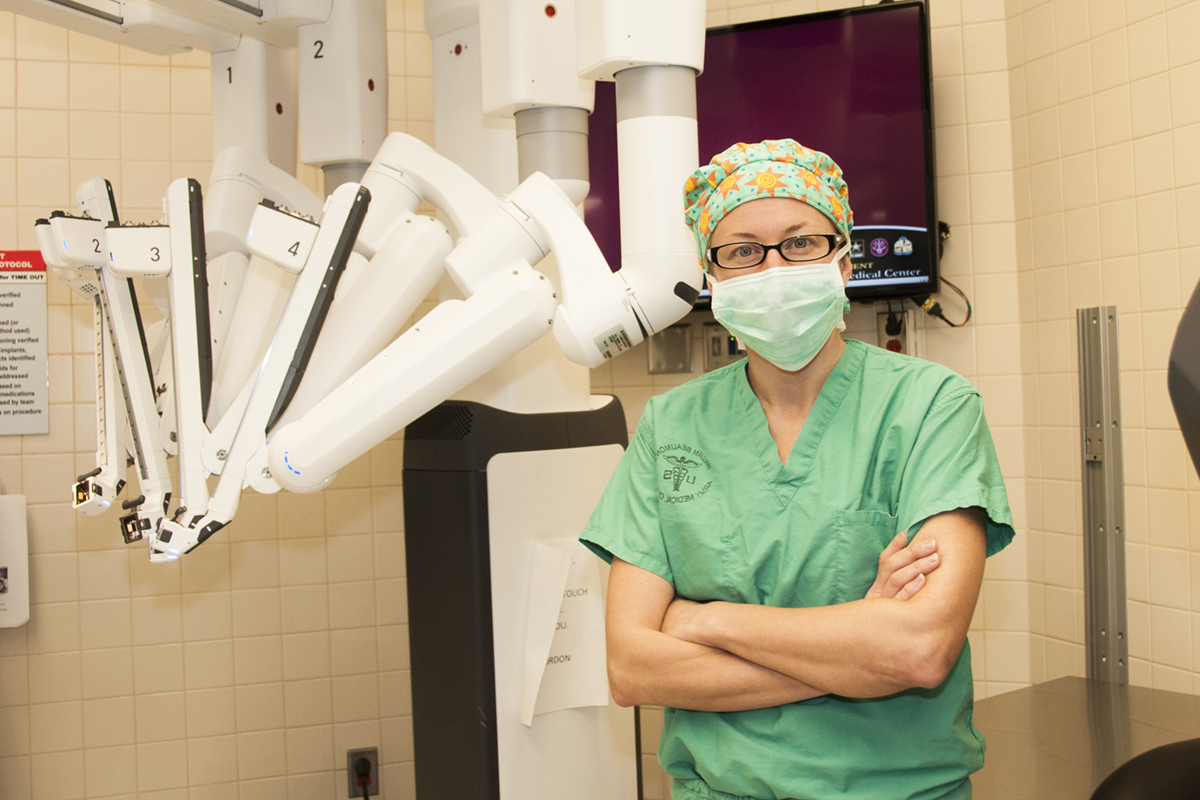
If you have to undergo HSG procedure, you should be aware of risks and side effects associated with this medical test and how you can minimize them.
Hysterosalpingogragm
Hysterosalpingogram, or simply HSG is a procedure performed to test women’s fertility potential. HSG is an x-ray examination that uses contrast material (dye) injected into the uterine cavity to exam the uterus and fallopian tubes. The procedure is used to diagnose and evaluate abnormalities of the uterus and openness of the fallopian tubes. A doctor will usually recommend HSG procedure to women who have had tubal ligation reversal surgery and are unable to get pregnant for months following the operation. In that case, hysterosalpingogram will enable the surgeon to test tubal patency and monitor the effects of the tubal reversal surgery.
However, you should know that even though HSG procedure is regularly performed, it does not always give definite results concerning the fallopian tubes. Sometimes, injected dye cannot enter the portion of the fallopian tubes where the repair was performed due to tubal spasm.
Hysterosalpingogram Risks
Though, HSG is minimally invasive and relatively safe procedure, it does entail few potential risks. Risks associated with HSG procedure include: allergic reaction, infections and vaginal spotting. Pelvic infection can result from introduction of bacteria during the procedure. Uterine perforation as well as allergic reaction to the dye that may cause a rash is rare but possible risk of HSG procedure. Also, exposure to radiation always carries slight chance of cancer.
How to Minimize the Risks?
There are several things you can do in order to reduce the risk of the hysterosalpingogram. If you have to undergo the procedure make sure that the hysterosalpingogram will be done only after menstruation and prior to ovulation. This is important because after ovulation you may be pregnant without knowing it and the procedure can interfere with the pregnancy. Next thing you should consider if you want to avoid potential risk of infection is to ask your doctor to prescribe you antibiotics to prevent possible infection after the procedure. Antibiotics like Doxycycline should be taken 2 days prior to and 5 days following the procedure. You can also use Betadine vaginal douche for the same purpose. It should be used the evening before and right away after the procedure. Since, during hysterosalpingogram you may feel mild discomfort and cramping, it would be good to take a strong pain reliever such as Motrin or Tylenol to avoid this risk during the procedure.


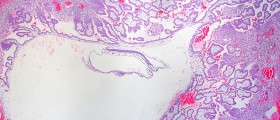

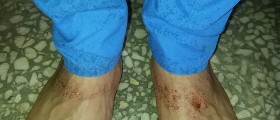


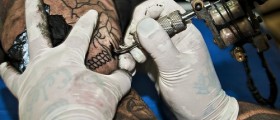






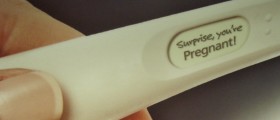
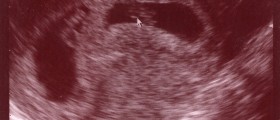

Your thoughts on this
Loading...